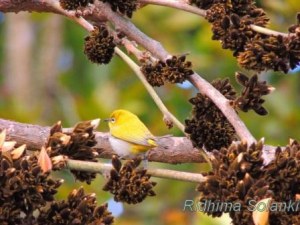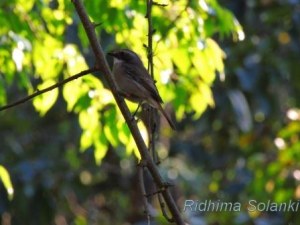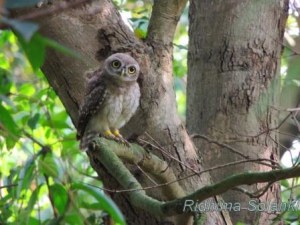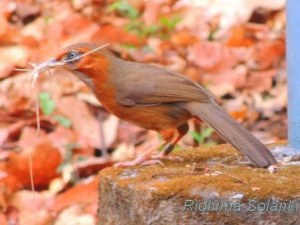Banded Mavericks
Bird ringing as called in UK and bird banding elsewhere is a technique of putting a tag on birds for population study as well as migration processes. Though, the banding of birds has been found to be very old practices. It was used to send message from one place to another ( Quintus Fabius Pictor,L’Ecuyer), falconers used to put their name and address on the tags as a inquisition to where all the birds go. A metal band was first attached on a peragrine falcon which was pursuing a bustard in France and it landed 1350 miles in a day time. Also in Germany in early 1700 a grey heron was captured by falcon which was banded as of Turkey. John James Audubon, in 1803 banded phoebes and identified them a year later in same place. The bird banding for scientific study was first done by famous ornithologist Hans Mortensen, also a Danish school teacher. In 1899 he did a successful experiment of banding common starling. He is popularized to have banded 6000 birds with address and individual number. He latter co-founded Danish ornithological society.
The birds are basically “handled” as in catching in nest, or trapping them in mist nests, cannon nets, baited traps etc. For falcons the traps are different called “bal-trap”. In this live bait is kept and when raptor tries to catch it the snares at the surface of the trap falls and traps the raptor. “Bal-chatri”, a hindi word means “Boy-umbrella”. Where-ever the bird which is tagged is called, called ringing recovery, the name/ID/address/ringer is informed about the current status of the bird. This way the information about bird movement, distance covered, age etc are obtained worldwide.
Though a lot of people have their skepticism regarding this technique as according to them the mortality chances of bird are much more, as well we pose these birds to stress as well as hinder in their mating process. The permission to do bird ringing and also laying mist traps etc are required from the government everywhere. Also people who intend to do such a research are supposed to be trained, following the protocols and acting under the guidance of trained professionals.
A link of document to handle birds and providing information about bird ringing is mentioned here:
ftp://ftp.fao.org/docrep/fao/010/a1521e/a1521e04.pdf
In my campus, few researchers have tagged birds and we keep on coming across them. Since 3 years of mine in the Institute I have seen spotted owlet, oriental white eye, schimiter babbler, dusky crag marten, and black-chinned babbler. Still when i hold my camera trying to capture birds, as soon as i get the best shot I realize that the bird was tagged. I sometime wonder if I share these photos, people will blame me to capture birds in my menagerie and keep on taking bird shots there only!!!
Anyways I have certain photos of these tagged mavericks of my campus in Dehradun. Hope you all will like it.



